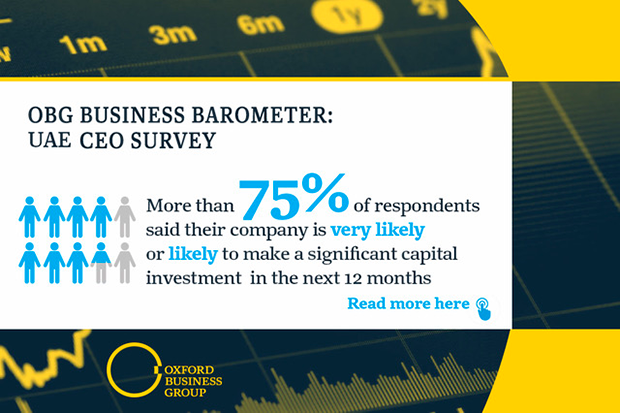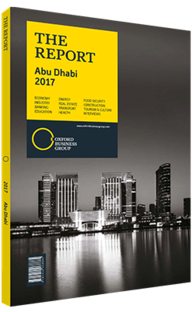UAE increases commitment to providing aid around the world
In June 2016 the UN High Commissioner for Refugees said that the total number of displaced persons globally topped 65m, the highest number since the agency began collecting data during the Second World War. Given the size of the task, a multifaceted response is required, enlisting the help of multilateral institutions, national governments and the non-profit sector.
For its part, the UAE government has continued to increase its contributions in recent years to help mitigate the spillover effects of conflict onto civilian populations, particularly in countries like Iraq, Syria and Yemen, as well as a number of hot spots in Africa. Guided by a new five-year foreign aid strategy and renewed focus from the highest levels of government, UAE institutions in cooperation with global bodies are aiming to ease the suffering of some of the world’s most at-risk populations in the years to come.
On The Up
According to the latest edition of the UAE’s “Foreign Aid Report”, compiled by the Ministry of Foreign Affairs and International Cooperation, the country’s humanitarian work, charitable contributions and development assistance increased by 43% in 2015 to Dh32.34bn ($8.8bn). The majority of funding was channelled to developmental aid, with Dh29.75bn ($8.1bn, 92%), followed by humanitarian assistance at Dh2.16bn ($588.1m, 6.7%) and charitable contributions at Dh429.1m ($116.8m, 1.3%). Concessionary loans made up 68.5% of total funding, and the remaining 31.5% came in the form of grants.
In terms of geographical distribution, Africa was the biggest recipient of UAE aid, with Dh25.1bn ($6.8bn), 92% of which went to Egypt. Countries in the Middle East received Dh6.63bn ($1.8bn), the majority of which was channelled to Yemen and Jordan.
Funding from the UAE follows two primary paths; in 2015 around 75% was transferred as bilateral assistance to governments and 21% as direct project implementation. The remainder came through donations to civil society organisations, local NGOs and contributions to the global efforts of multilateral organisations. In terms of sectors, commodities aid represented the largest portion of UAE assistance at 43.2%, followed by general programme assistance (27.1%), emergency relief (6.7%), transport and storage (4.5%), and agriculture (3.9%).
Institutions
There are 40 donor entities operating across both public and private sectors to further the UAE’s global humanitarian efforts. According to the 2015 report, the largest contribution of foreign aid comes from the combination of 18 federal government institutions, at Dh27.84bn ($7.6bn), or 86.1% of total aid. The remaining 22 organisations receive foreign assistance from what are deemed “official” channels and private sources.
In 2015 an overwhelming majority of aid, 97.3%, came through official channels, with top donors including the Abu Dhabi Fund for Development (ADFD), the Khalifa Bin Zayed Al Nahyan Foundation and the Emirates Red Crescent, all of which are based in Abu Dhabi. By far the biggest donor outside the federal government is the ADFD, providing Dh2.7bn ($735.1m), or 8.4% of total aid in 2015. Set up in 1971, the fund functions as an autonomous entity affiliated with the Abu Dhabi local government. Through concessionary loans, equities and government grants it has, since its founding, provided Dh80bn ($21.8bn) in assistance to 83 countries through development projects spanning various sectors.
The Khalifa Bin Zayed Al Nahyan Foundation, established by royal decree in 2007 under the patronage of the UAE’s president, came second, providing Dh568m ($154.6m) in 2015. The UAE Red Crescent Authority, which was established in 1983 and falls under the umbrella of the International Federation of Red Crescent and Red Cross Societies, provided Dh380m ($103.5m), while the Zayed Bin Sultan Al Nahyan Charitable and Humanitarian Foundation channelled Dh27.89m ($7.6m) to its causes overseas.
You have reached the limit of premium articles you can view for free.
Choose from the options below to purchase print or digital editions of our Reports. You can also purchase a website subscription giving you unlimited access to all of our Reports online for 12 months.
If you have already purchased this Report or have a website subscription, please login to continue.


